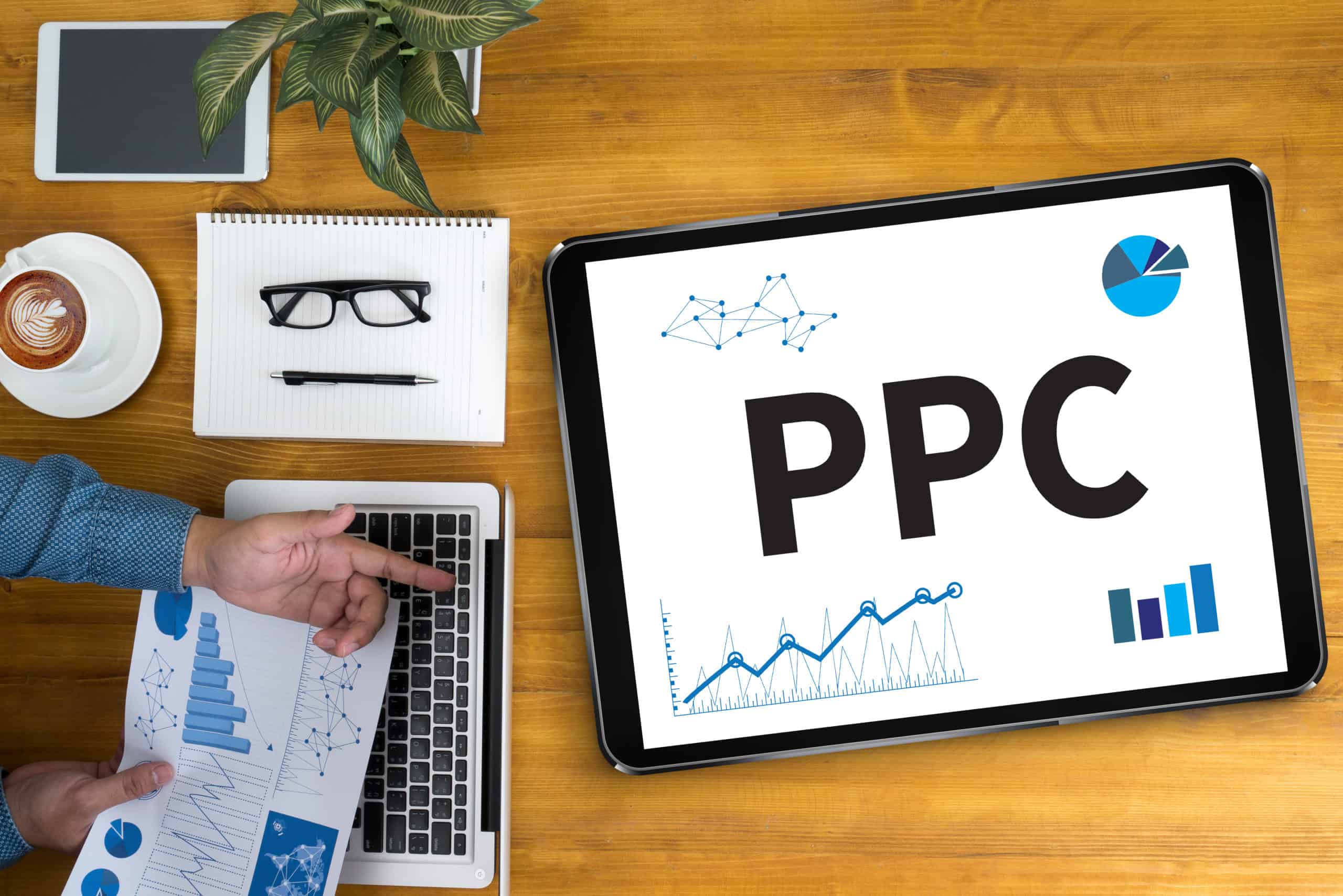by Guest Contributor: Jelena, PPC veteran at AmazoniaPPC.
If you’ve ever set up a PPC campaign on Amazon you already know that there are a couple of mandatory elements to every campaign: start date, campaign name, targeting type, bidding strategy, and daily budget. There are some of the most common misconceptions about how daily budgets are being calculated and which campaign bidding strategy is best. We will shed some light on that topic in this article. Are you new to Amazon PPC? Learn the ropes in this article here.
How does PPC campaign daily budget work?
Most of the people that setup daily campaign budgets don’t really understand how they work. Misconception number one about it is – if you set a daily limit, the campaign won’t spend more than that. The truth is – Amazon uses the same system as Google for daily budgets of PPC campaigns.
The sum of money you enter to be your baseline daily budget is going to be understood by Amazon as an average of what you want to spend on a monthly basis. They take into account the number of days in a year and split it by number of months in the year to get the average number of days in a month: 30.4. Then, based on your daily campaign budget, they will calculate how much can you spend in a month, to leverage their traffic to your advantage every day, under the given daily budget average.
For example, a daily PPC campaign budget calculation would look like this:
- Number of days in the year: 365.
- The average number of days in a month: 365 days in the year / 12 months = 30.4
- Your daily budget: $30/day x 30.4 days a month on average = $912 monthly budget.
In comparison to Google – Google allows themselves to spend up to double from what is assigned as a daily budget, as long as it doesn’t end up being more than the calculated monthly average. Right now, Amazon only allows up to 10% more than the designated daily budget. We expect this percentage to grow with time.
Why is Amazon doing this?
Traffic levels on Amazon are uneven. Not every day is the same, in terms of traffic. Remember that Amazon is a shopping platform, and each category has its own character and its own specifics. Some categories are going to have more traffic on the weekends, some categories have a seasonal character, etc. So, in order to make sure that advertisers don’t lose potential sales due to their daily budget running out, Amazon is giving them another chance to win the ad auction.
All in all – it’s a win-win situation because you don’t lose more potential traffic, but at the same time, you don’t spend more than you wanted to.
In this article, we will also break down into Amazon PPC campaign bidding strategies and how they work.
What are campaign bidding strategies and how they work?
When creating a new campaign, most advertisers are faced with three choices for campaign bidding strategies. Campaign bidding strategies are ways for advertisers to choose how they want to pay for their ads. There are three main types of campaign bidding strategies:
- Dynamic bids – down only
- Dynamic bids – up and down
- Fixed bids
Before Amazon started quickly ramping up their advertising platform, the only bidding strategy available was the “down only” strategy. Now there are three options and most advertiser are wondering what is the best option for them.
Dynamic bids – down only
When you choose the dynamic bids – down only strategy, Amazon will reduce your bids in real time for clicks that may be less likely to convert to a sale. If Amazon sees an opportunity where we predict your ad may be less likely to convert to a sale (for example, a less relevant search query, on a placement that does not perform well, etc.), they might lower your bid for that auction.
This strategy works really well for campaigns that have been running for a long time, whose main goal is profitability. So, in real life – if Amazon sees that there is a specific keyword that doesn’t really work well for you, they will lower the bid for that keyword and give advantage to some other keyword or to one of your competitors. This campaign setting is good because it won’t make your keywords spend more than what they should be, but at the same time it can be very limiting for your campaign reach. Make sure you avoid this campaign type if you need a more aggressive campaign strategy.
Dynamic bids – up and down
When you choose the “dynamic bids – up and down” strategy, Amazon will increase your bids for clicks that may be more likely to convert to a sale, and reduce them for clicks that are less likely to convert to a sale.
While doing this they should not increase your bids by more than 100% for placements at the top of the first page of search results, and by more than 50% for all other placements. Take this into account when selecting your bid while using this strategy. Since this strategy adjusts your bid up and down in proportion to likelihood of a conversion, it may deliver more conversions for your ad spend compared to the other two strategies.
It is very important to show this in an example.
If your ad is more likely to convert into a sale, Amazon might increase your bid for that auction. If Amazon finds another opportunity that looks less likely to convert to a sale, they will lower your bid for that auction. For example, Amazon can currently adjust your bid of $1.00 up to a maximum of $2.00 for opportunities on top of the first page of search results, and up to $1.50 for opportunities on all other placements. But it can also go the other way around, lowering your bids so much that you don’t even show up for relevant searches.
When is this campaign strategy most suitable for use? It is best to use it for campaigns that are established and already running for a while now. If you have a budget set aside for testing purposes, this is the campaign bidding strategy that works best for you. The reason for this is because you will gain better understanding of where is Amazon positioning your listings in the marketplace. This bidding strategy isn’t highly recommended for cases where you already have high level of control in terms of targeting or campaign structure. It works best with automated campaigns, because then you give Amazon the most freedom to choose between placements, bids, and targeting types it will use.
Fixed bids
When you choose the fixed bids strategy, Amazon should use your exact bid for all opportunities and should not adjust your bids based on likelihood of a conversion. Compared to dynamic bidding strategies, you may get more impressions, but fewer conversions for your ad spend with this strategy.
This is the simplest campaign bidding strategy available on Amazon. In practice, we’ve noticed some discrepancies from this bidding strategy where Amazon is giving themselves more freedom than what was agreed with this bidding strategy. With a fixed bids bidding strategy, and no placement bid adjustments in place, our average CPC’s ended up higher than max. CPC bids, which in theory shouldn’t happen. If you notice this in your account too, make sure you reach out to Amazon support team and ask for reimbursements, or at least an explanation.
Other than that, fixed bids bidding strategy is most recommendable for accounts that want maximum control over their ad spend distribution, and have a very clear campaign structure they want to stick to. If you use granular campaign structure that advertises only one product per campaign, fixed bidding strategy will be the best one to use in the beginning, so that you have clear understanding what your winning products are. After that initial period, you can switch to dynamic bidding to push your bestsellers or save advertising dollars on lower-velocity products.
How can you further optimize bids?
As one of the newer advertising features in the Advertising console, Amazon introduced placement bid adjustments. Placement bid adjustments are really good way of controlling where your ad appears. Placements are places in the search results pages or product detail pages where your ads show up. There are three main placements: top of the search, rest of the search and product detail pages.
Ever since Amazon noticed that average click-through rates vary from one placement to another, they introduced placement bid adjustments.
Each placement is good for something – search results page placements are usually good to drive profitability for your product, and rank it high for the most relevant keywords. Product detail page placements are good for taking over market share from your competitors.
Depending on your campaign goals, you can choose to give advantage to any of the offered ad placements.
After you’ve been collecting data for a while, the placements report in Seller Central will provide you clear understanding of how each placement is performing.






